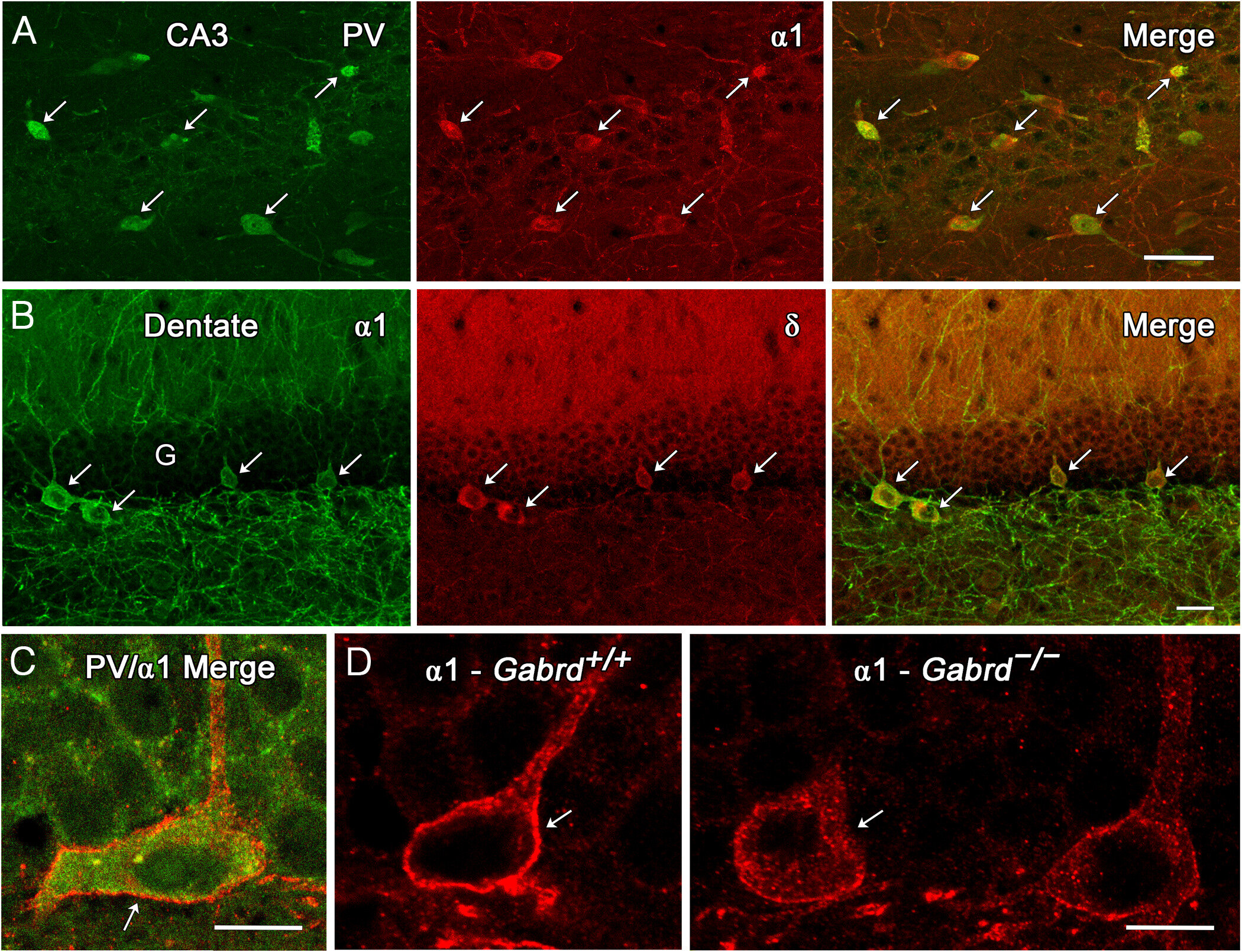The molecule, DDL-920, works differently from recent FDA-approved drugs for Alzheimer’s disease such as lecanemab and aducanumab, which remove harmful plaque that accumulates in the brains of Alzheimer’s disease patients. While removing this plaque has been shown to slow the rate of cognitive decline, it does not restore memory and cognitive impairments.
“They leave behind a brain that is maybe plaqueless, but all the pathological alterations in the circuits and the mechanisms in the neurons are not corrected,” Mody said.
Someone buy that mouse some flowers.
Algersome?
Anyone with a proper background would be kind enough to speculate whether this could lead to a possible cure?
I’m not in this field, but I mean, this one seems like all the other headlines we’ve read about on this topic, only for them to be dead ends. Mouse models are notoriously fraught, especially in the Alzheimer’s context. Wake me up when they have treated humans in vivo.
Thank you for clearing it up. Unfortunately it does seem like another research dead end
I wouldn’t call it a dead end. It’s the kind of small discoveries that, when put together with all the past and future small discoveries, will eventually lead to progress.



